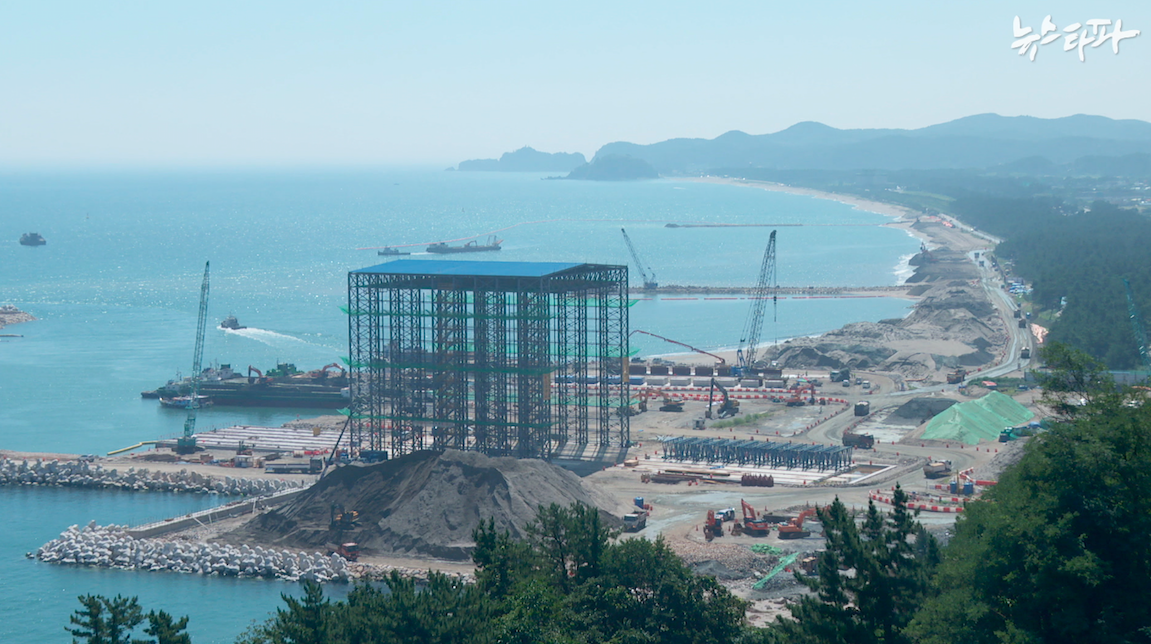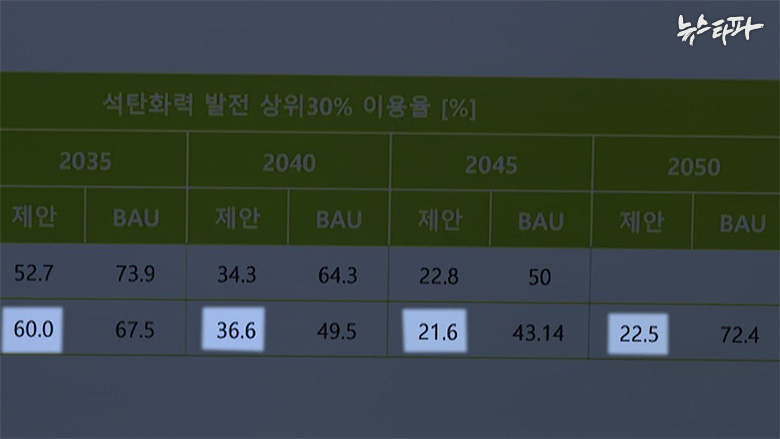Private financiers in Korea are moving quickly to stop investing in coal-fired power. Since September last year, the nation’s largest financial groups KB, Shinhan, Woori, Hana Financial Group and NH Nonghyup Bank have all announced they’re exiting from coal financing. Samsung Life Insurance and Samsung Fire & Marine Insurance, by far the nation’s two top private financiers in the volume of coal power plant investment, also joined this move.


